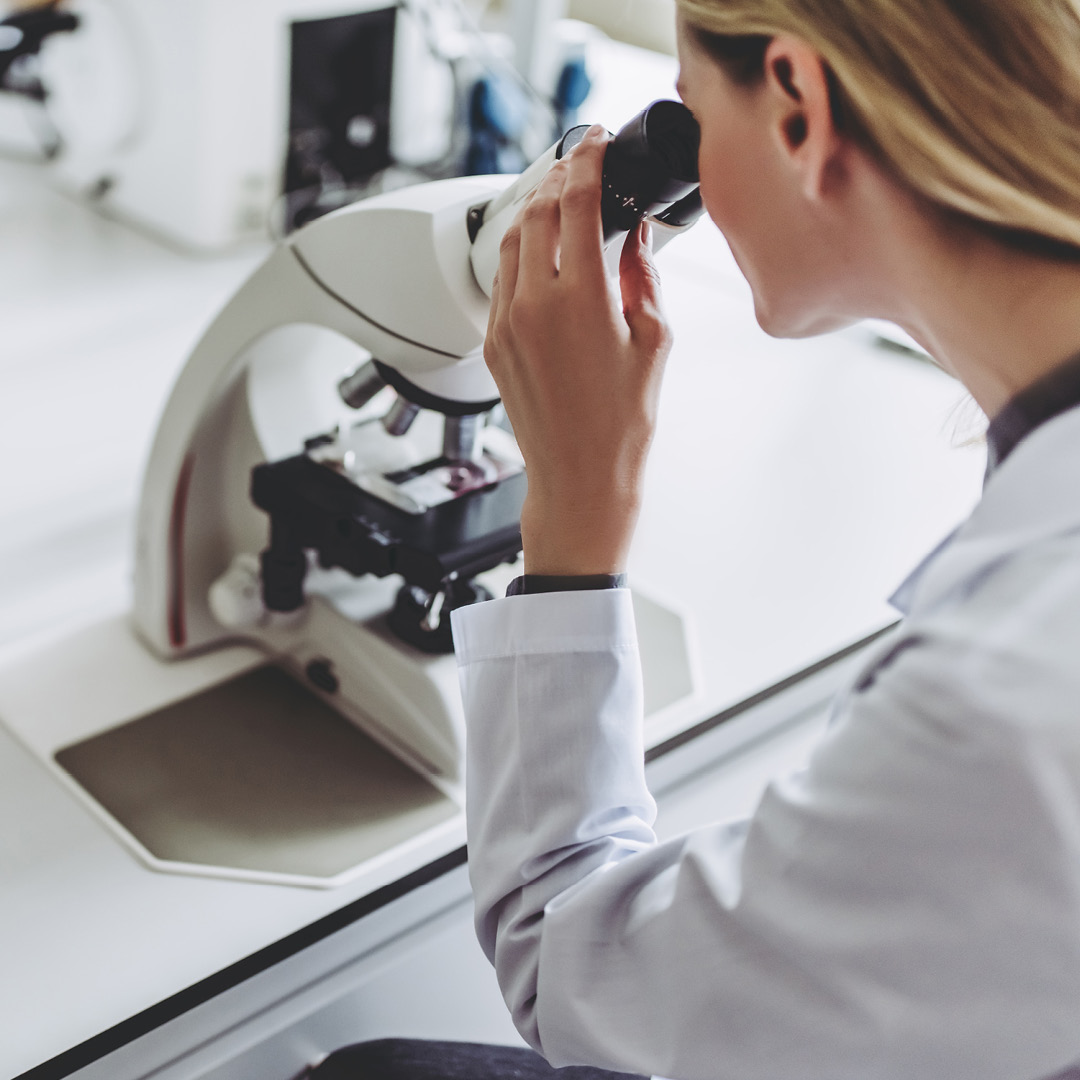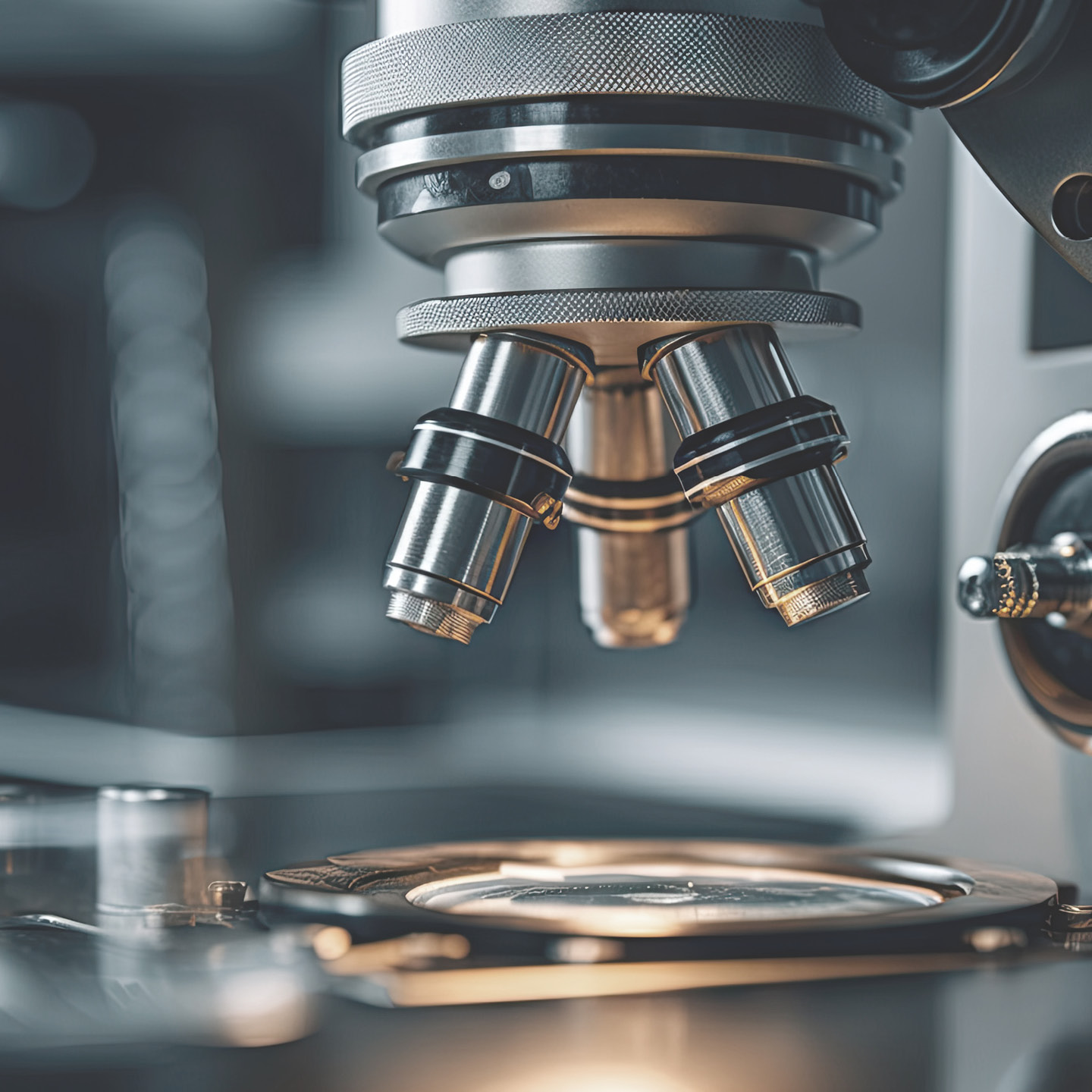Future Cities
Emerging Life Sciences Markets: Columbus, OH
April 17, 2024 5 Minute Read

“The emergence of Columbus as a life sciences market, along with the development of its ecosystem, presents unique opportunities for life science occupiers and developers. Developers have an incredible opportunity in Columbus due to the region’s insufficient supply of wet lab space. I believe this new lab space would be warmly welcomed by existing local occupiers, and considered an appealing option for out-of-state life sciences companies looking to diversify their footprint beyond traditional markets.”
David Morgan
Vice President, CBRE
Demographics
About 2.2 million people–38% aged 18 to 44–live in metro Columbus, with a projected five-year growth rate of 0.44%. Half of the population are millennials or Gen Z, who will comprise most of the regional workforce for the foreseeable future.
Figure 1: Population Analysis
Columbus’s lab/research and development (R&D) labor force is approximately 3,600, and increases to nearly 6,700 when considering all life sciences professionals. The average wage for lab/R&D roles varies from $24.60 to $25.86 per hour for technicians, and $32.67 to $54.55 per hour for scientists. Among all life sciences jobs, natural sciences managers earn the highest average wage at $65.27 per hour. Although the mean wage for life sciences jobs is below the national average of $40.28 per hour, the average cost of living and home value in 2022 were $3,000 and $43,000 below the national average, respectively. Almost all life sciences wages exceed the average wage of $20 per hour in Columbus. Columbus’ unemployment rate is 2.7% as of December 2023, down from 3.4% a year earlier, and well below the state’s average of 3.7%.
Figure 2: Life Sciences Labor Fundamentals
Location Incentives
Over the past five years, metro Columbus has seen more than 20 economic incentive deals involving life sciences companies, averaging $23,300 per new job, according to fDi Intelligence. Companies such as Amgen, Andelyn Biosciences, AmplifyBio, Sarepta Therapeutics and Abbott Laboratories are investing in new and expansion projects in this emerging life sciences market.
CBRE’s Location Incentives Group reports that top incentive programs offered in Columbus include the Job Creation Tax Credit (JCTC) program. It offers a refundable, performance-based tax credit, calculated as a percentage of the created payroll and applied towards a company’s commercial activity tax liability. JCTC was designed to incentivize companies considering operating elsewhere.
Columbus also offers the Economic Development Grant, a discretionary cash grant for job creation and business expansion. The grant is typically awarded based on a company’s fixed-asset and infrastructure investments, along with significant job creation.
Figure 3: Top Incentive Programs
Note: The extent, if any, of state and local incentive offerings are dependent on location and scope of the operation.
Life Sciences Employment
Columbus has a healthy equilibrium between scientific employment and labor costs when compared with comparably sized metros, according to the U.S. Bureau of Labor Statistics. As indicated below, Columbus is near the U.S. average for both the annual median salary and concentration of scientific employment. This is representative of a moderately priced labor market with a competitive life sciences talent pipeline.
Figure 4: Life, Physical & Social Science Occupation Summary
Note: Size of dot in chart represents total science employment per market. Showing only markets with at least 5,000 applicable jobs.
R&D’s Role in the State Economy
R&D significantly bolsters Ohio’s economy. The state ranks in the top half of all states for R&D expenditures from businesses, universities, nonprofits and government. This constituted 2.4% of the state GDP in 2020, the latest year data is available. This share has been consistently increasing each year since 2016, when it was 1.9%.
Figure 5: R&D as a Percentage of Gross Domestic Product
Notes: R&D includes R&D performed by federal agencies, businesses, universities, other nonprofit organizations, federally funded research and development centers, and state agencies. U.S. total R&D reported here includes U.S. territories, as well as R&D for which the location could not be determined. The national GDP total for the United States includes Puerto Rico for all years in which data are available.
Success Drivers
Education
High education levels and a pool of emerging talent are the bedrock of life sciences markets. The Columbus population is highly educated, with 15% of people aged 25 and over holding a graduate or professional degree in any field, slightly above the national average of 14%. Furthermore, 26% hold a Bachelor’s degree, 3% above the national average. In 2022, 18% of all PhD completions were in the biological and biomedical sciences. Columbus is home to The Ohio State University, which awarded 1,065 Bachelor’s, 175 Master’s and 112 PhDs in the biological and biomedical sciences in 2022. Among over 1,400 U.S. colleges and universities, Ohio State ranked in the top 15 for the most biological and biomedical sciences degrees and in the top 25 for the most PhDs awarded in 2022. Additionally, Columbus State Community College offers certificate programs in biotechnology and manufacturing fields.
Figure 6: Degree Completions
R&D Degrees: Biochemistry, Biophysics and Molecular Biology; Biological and Biomedical Sciences, Other; Biology, General; Biomathematics, Bioinformatics, and Computational Biology; Biomedical/Medical Engineering; Botany/Plant Biology; Cell/Cellular Biology and Anatomical Sciences; Ecology, Evolution, Systematics, and Population Biology; Genetics; Microbiological Sciences and Immunology; Neurobiology and Neurosciences; Pharmacology and Toxicology; Physiology, Pathology and Related Sciences; Zoology/Animal Biology
Other Life Sciences Related Degrees: Agricultural and Domestic Animal Services; Agricultural and Food Products Processing; Agricultural Business and Management; Agricultural Engineering; Agricultural/Animal/Plant/Veterinary Science and Related Fields, Other; Agriculture/Veterinary Preparatory Programs; Animal Sciences; Chemical Engineering; Environmental/Environmental Health Engineering; Food Science and Technology; Plant Sciences; Veterinary Biomedical and Clinical Sciences
Funding
Ohio-based companies and institutions received 2,634 grants and $182 million in venture capital funding in 2023, according to GlobalData, with total deal value of nearly $2.6 billion. Although funding peaked in 2022, the last year remained above 2020 levels, particularly from venture capital, grants and private equity. Furthermore, 2023 saw the highest volume of grants in state history. This year is off to a strong start, with private equity investment volume already surpassing full-year 2023’s. Additionally, this year’s total deal volume has already reached 60% of full-year 2023’s.
Figure 7: Statewide Funding Deal Volume
Note: 2024 YTD as of 3.27.2024
Total includes Grants, Contract Service Agreements, Venture Financing, Equity Offering, Licensing Agreement, Partnership, Acquisition, Debt Offering, Private Equity, Asset Transaction, and Mergers.
Market Snapshot
Columbus already has a strong life sciences ecosystem. A key feature is the 270-acre Innovation District, specializing in cell and gene therapy. This district is anchored by Ohio State/Wexner Medical Center and Nationwide Children’s Hospital. It is home to several gene therapy spinouts from local institutions and houses Battelle, the world’s largest contract R&D organization.
Columbus hosts 13 life sciences companies across 31 facilities, including Amgen, Abbott Nutrition and Sarepta Therapeutics. These facilities encompass lab/R&D, manufacturing and warehouse, and office spaces. With over $1 billion in investment from these companies, this life sciences ecosystem significantly contributes to the local economy. It continues to flourish thanks to ongoing support from local government and institutions.
Figure 8: Life Sciences Companies
Emerging Life Sciences Markets
Related Insights
-
Figures
Return to Positive Absorption in Q4 May Signal Improving Life Sciences Market in 2024
January 29, 2024
Two percent annual life sciences job growth as of November was slightly more than the 1.8% increase in total U.S. nonfarm payrolls since January.
Related Services
- Property Type
Life Sciences
We provide the life sciences industry solutions that maximize facility and investment performance across labs, manufacturing space and critical enviro...
- Property Type
Life Sciences Occupier
Use real estate to create better outcomes for your life sciences business with services trusted by 8 of the top 10 largest life sciences companies.
- Property Type
Life Sciences Investor
Our teams cover the full cycle of life sciences investment. Acquisitions. Leasing. Property management.
Contacts
Eric Stavriotis
Vice Chairman, Advisory & Transaction Services | Location Incentives

Tedd Carrison
Director, Advisory & Transaction Services | Location Incentives








